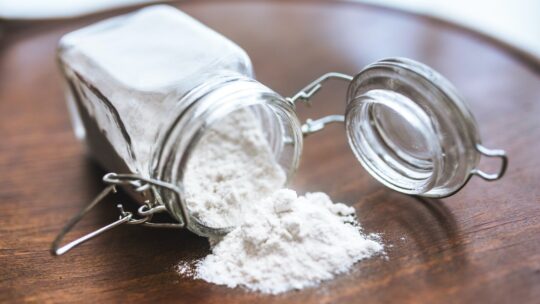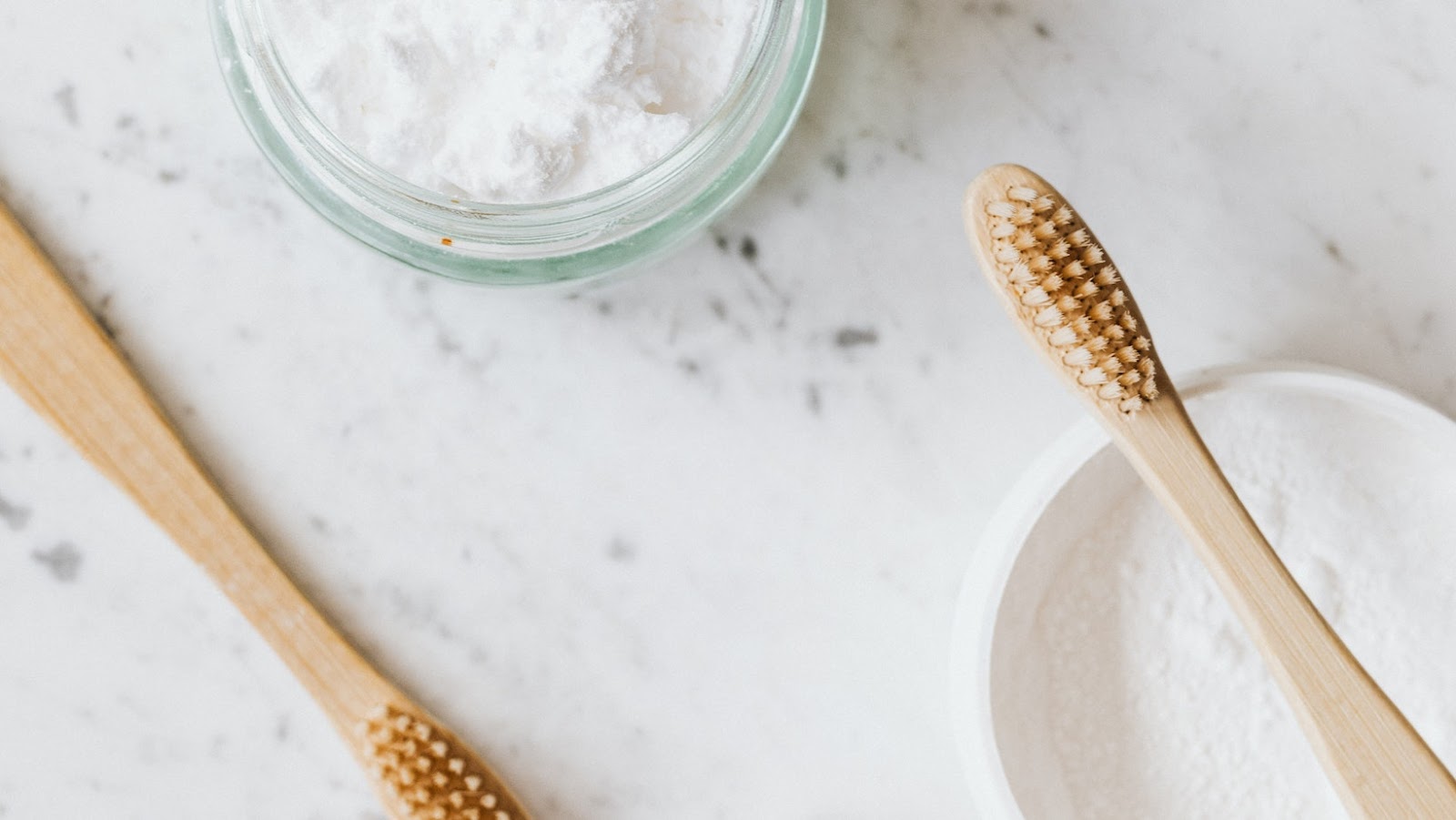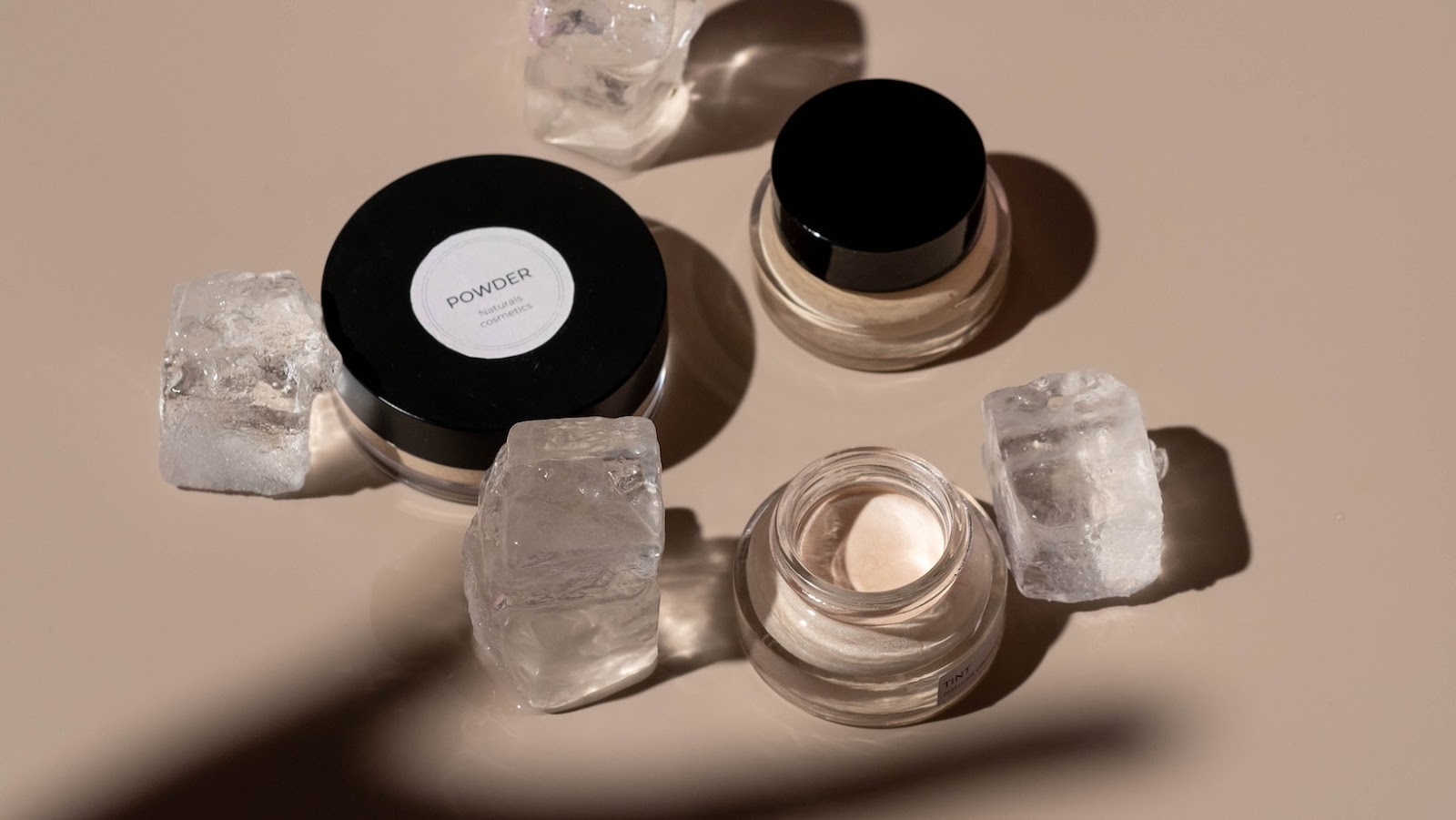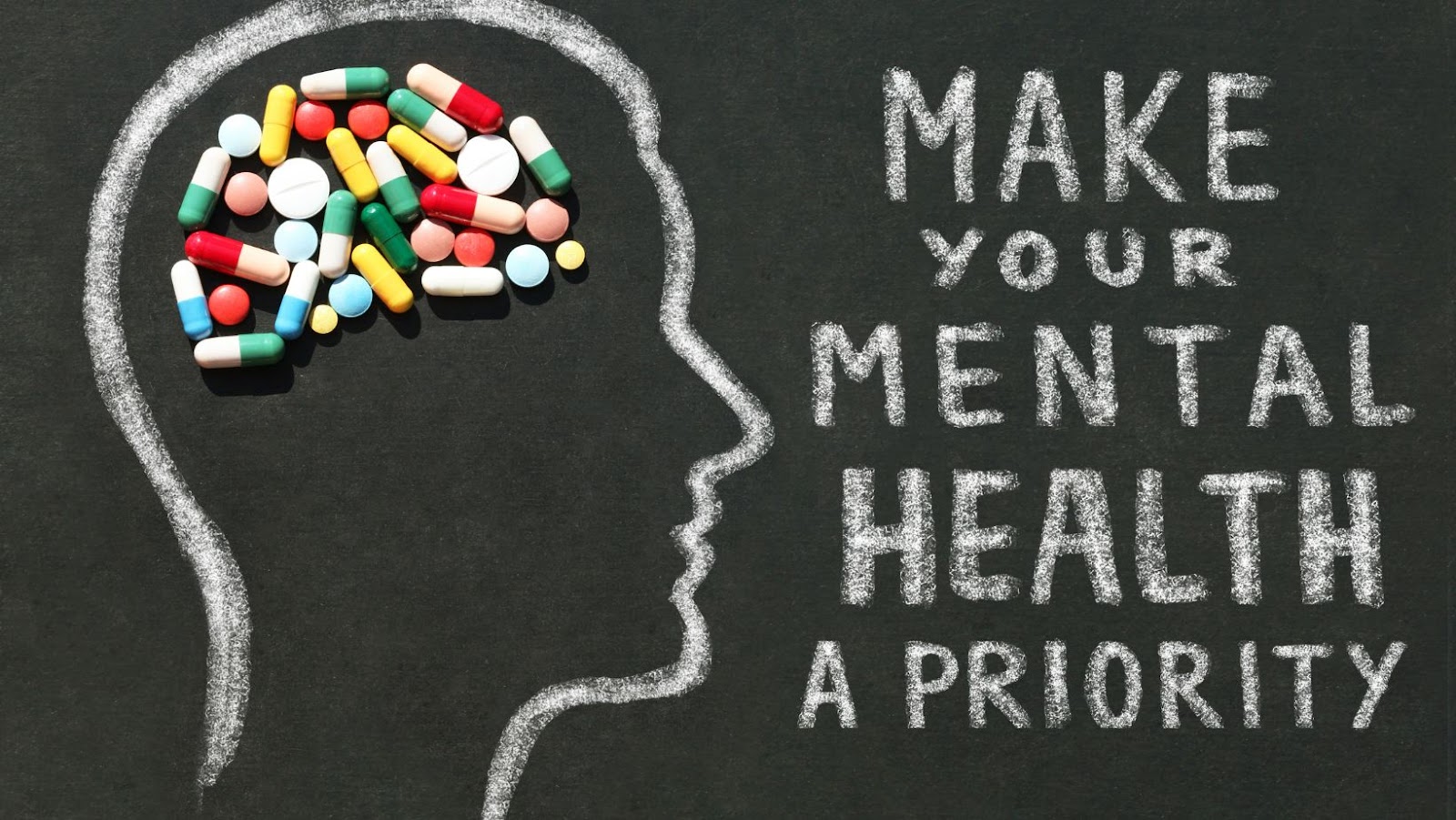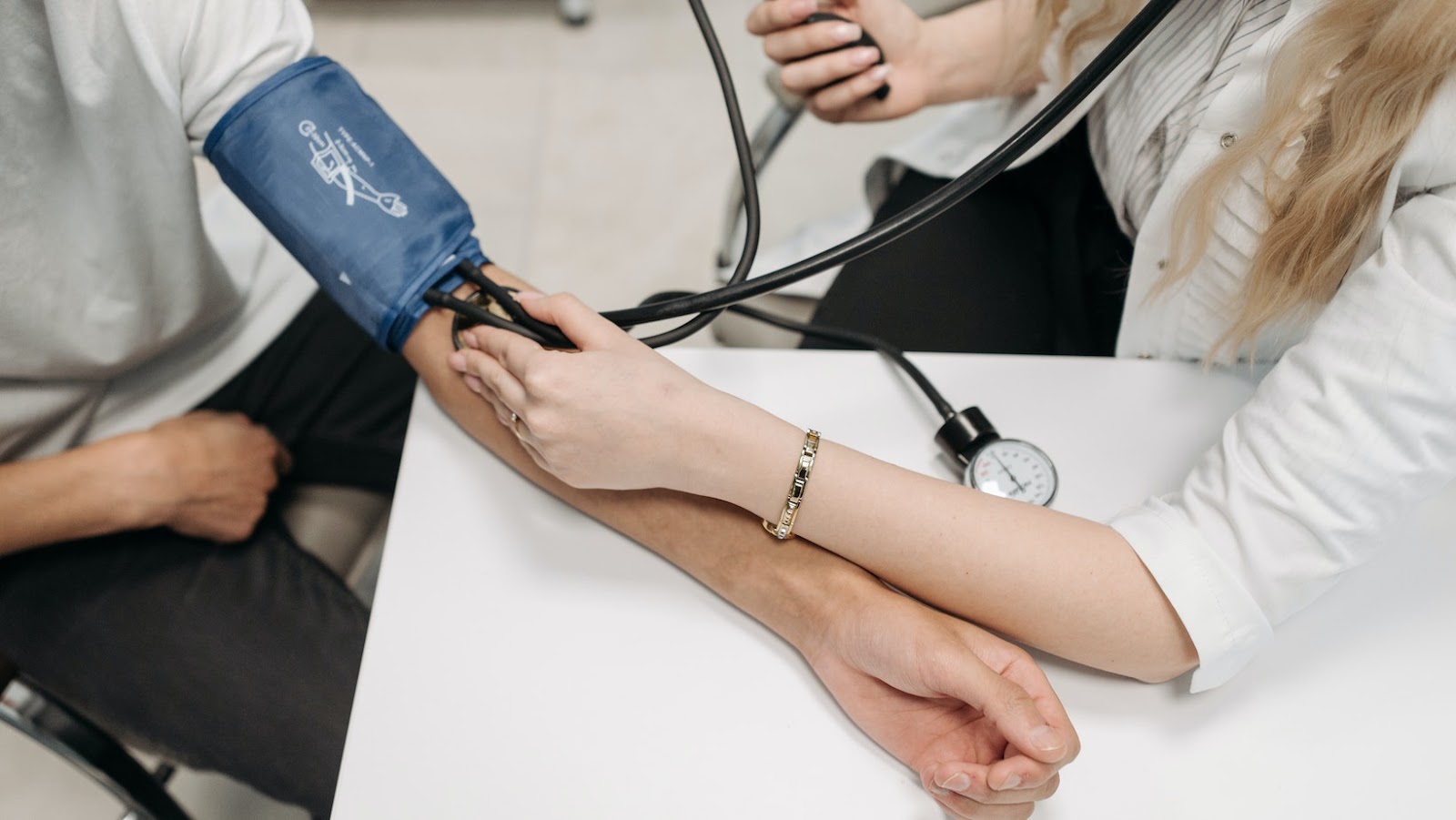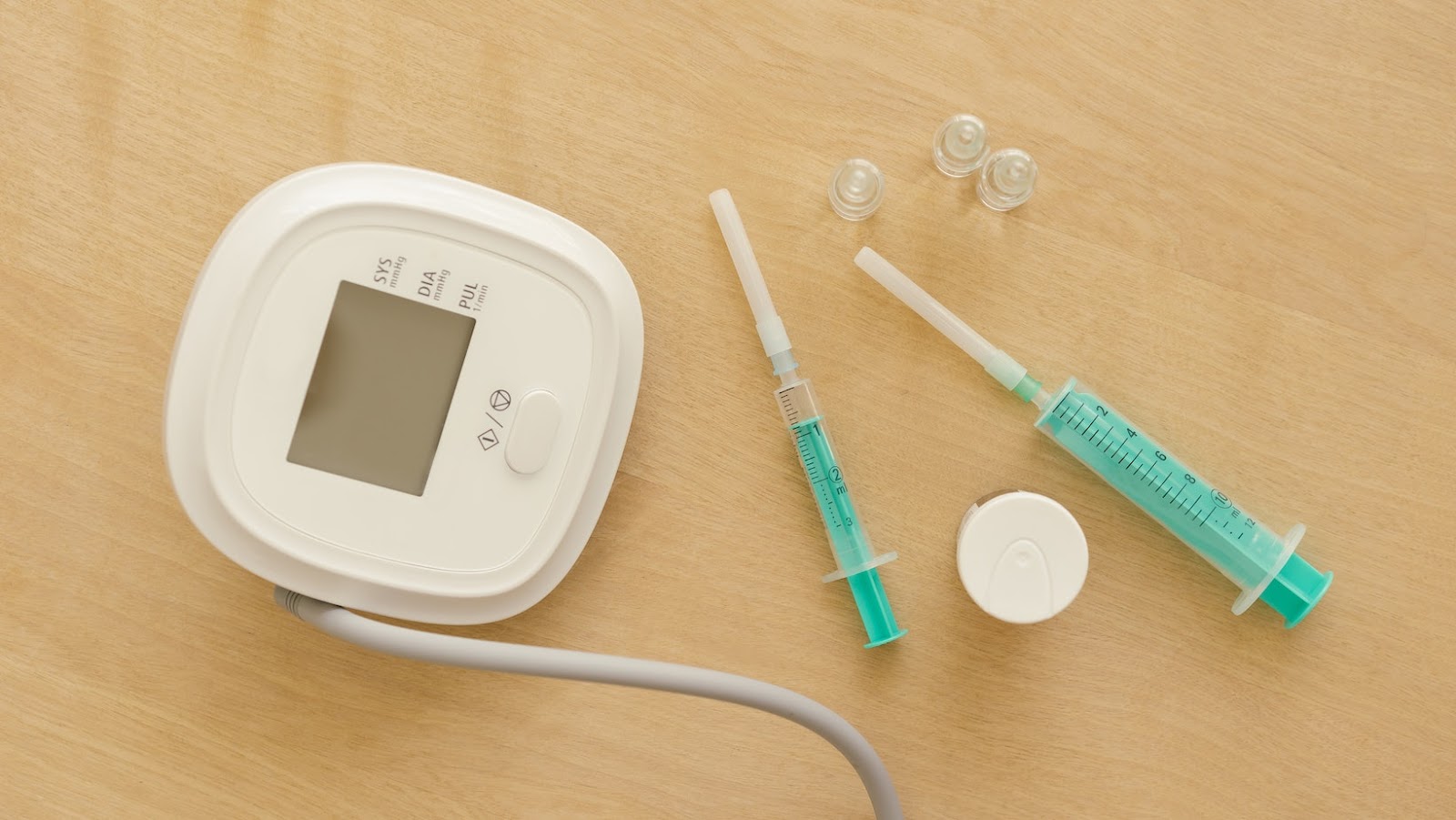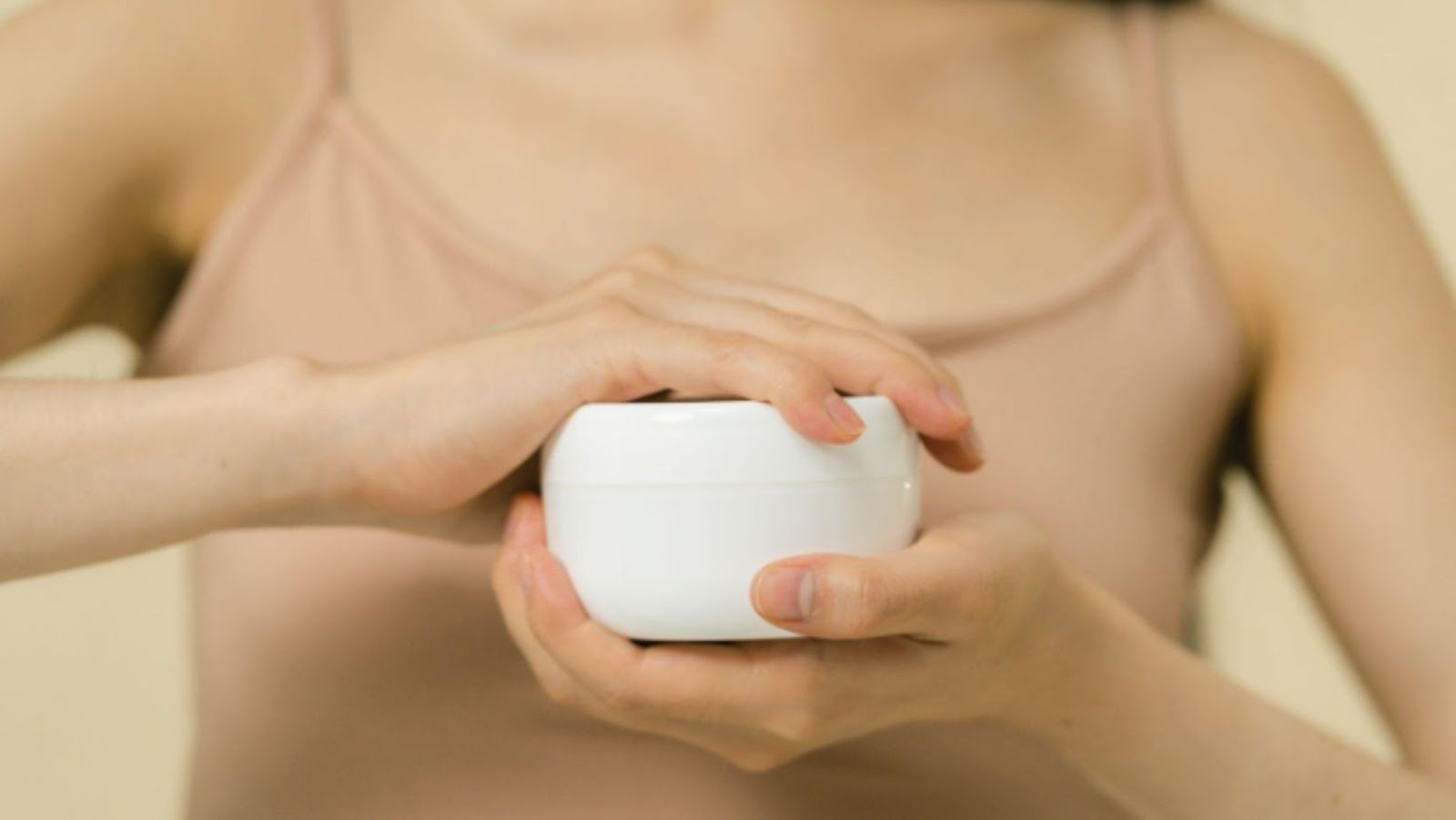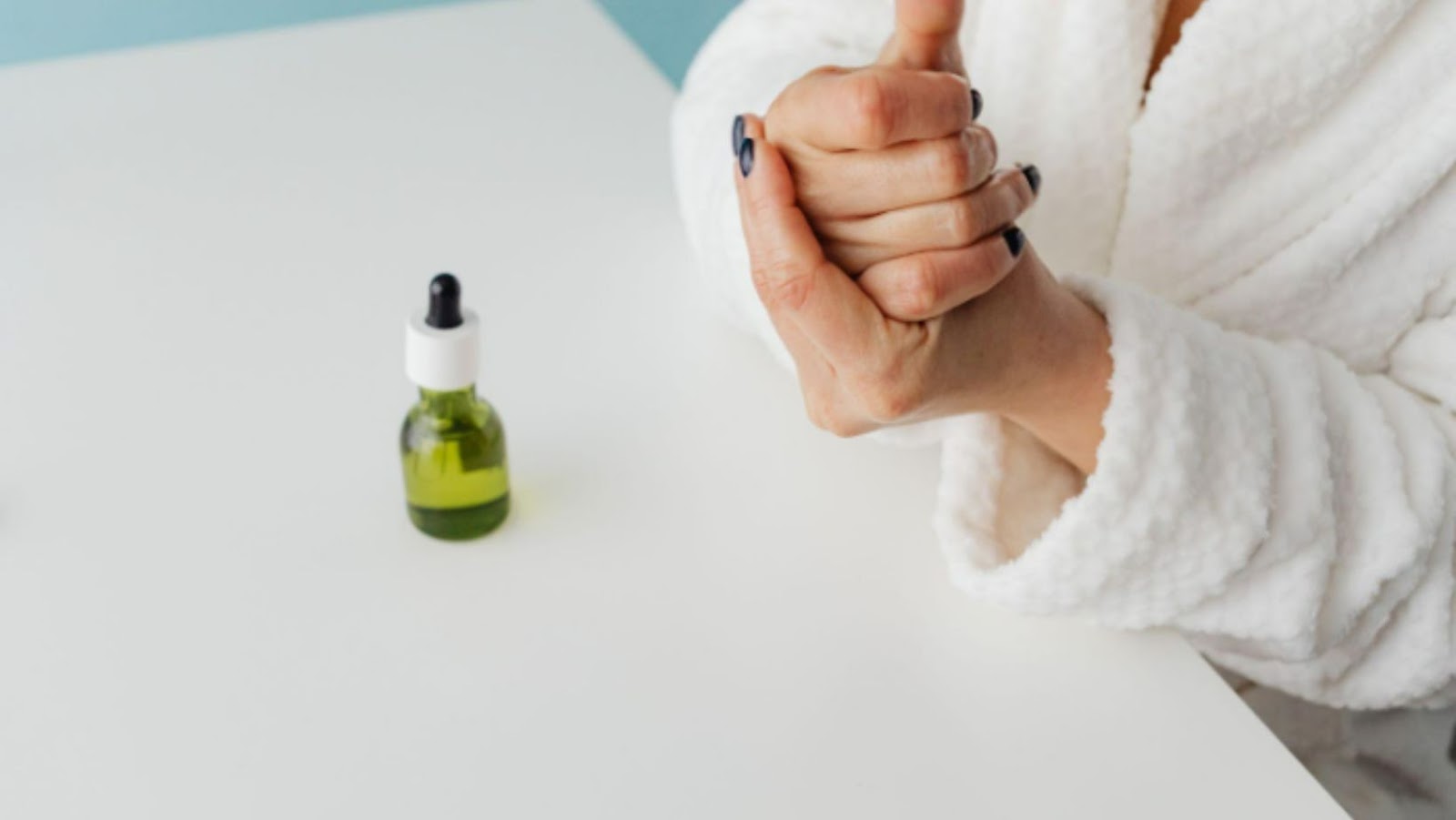
Parents are constantly seeking ways to ensure the optimal health and well-being of their children. While visits to the pediatrician are a regular part of their healthcare routine, another healthcare professional can play a vital role in promoting their overall wellness—chiropractors.
Often associated with adult care, chiropractic treatment can also be highly beneficial for children. From improving posture and spinal alignment to enhancing neurological development and immune system function, there are numerous reasons why kids should see chiropractors. In this article, we’ll delve into three compelling reasons why chiropractic care can positively impact your child’s health, growth, and quality of life. Whether you’re curious about preventing injuries in sports, alleviating growing pains, or supporting natural healing abilities, this article will shed light on the potential benefits of chiropractic care for your little ones. Join us as we explore how chiropractors can help children thrive and unlock their full potential for a healthier future.
Improved Posture and Spinal Alignment:
In the modern digital age, where children spend significant amounts of time hunched over screens or carrying heavy backpacks, maintaining proper posture is more important than ever. Chiropractic care offers valuable solutions to address postural issues in children and promote optimal spinal alignment.
Childhood is a critical period for skeletal development, and any misalignments or imbalances can have long-term consequences on posture and overall musculoskeletal health. Chiropractors specialize in assessing and correcting spinal misalignments, known as subluxations, which can result from falls, accidents, or poor ergonomics.
By using gentle and safe techniques, back and neck pain center chiropractors can apply targeted adjustments to correct spinal misalignments and promote better posture in children. These adjustments help restore proper alignment, relieve tension in the muscles and joints, and support the body’s natural ability to maintain a healthy spine.
By addressing poor posture early on, children can avoid potential complications such as scoliosis, kyphosis, or lordosis, which may lead to chronic pain, restricted mobility, and other health issues later in life. Additionally, improved posture contributes to better breathing, enhanced organ function, and increased overall comfort for children as they grow and develop.
Chiropractic care goes beyond simply treating symptoms; it focuses on the root cause of postural problems, helping children develop healthy habits and body awareness. By incorporating chiropractic adjustments into their healthcare routine, parents can ensure their children maintain proper posture and spinal alignment, setting them up for a lifetime of musculoskeletal health and well-being.
Improved Sleep Quality
Sleep is crucial for a child’s growth, development, and overall well-being. However, many children experience sleep-related difficulties, such as insomnia, restless sleep, or frequent waking during the night. This is where chiropractic care can play a valuable role in improving sleep quality for kids.

Chiropractors recognize the vital connection between the spine, nervous system, and sleep patterns. Subtle misalignments in the spine, known as subluxations, can disrupt the proper functioning of the nervous system, leading to sleep disturbances. Additionally, tension in the muscles and joints can cause discomfort, making it challenging for children to relax and fall asleep.
Through gentle adjustments, chiropractors can realign the spine, alleviate tension, and restore the proper flow of nerve signals. By improving nervous system function, chiropractic care promotes relaxation, reduces stress, and helps children achieve more restful sleep.
Moreover, chiropractic adjustments can address specific issues that may affect sleep quality, such as discomfort or pain resulting from musculoskeletal imbalances. Whether it’s a misalignment in the neck, back, or hips, chiropractors can identify and correct these issues, allowing children to sleep more comfortably throughout the night.
By enhancing sleep quality, chiropractic care can have a positive impact on a child’s overall health and well-being. Quality sleep is essential for cognitive function, concentration, emotional regulation, and immune system strength. When children consistently experience a restful sleep, they wake up feeling refreshed and energized, ready to tackle the day’s activities with optimal focus and vitality.
Parents who seek chiropractic care for their children often report significant improvements in their sleep patterns. Whether it’s reducing bedtime struggles or minimizing nighttime waking, chiropractic adjustments can provide a natural and non-invasive approach to improving sleep quality in children.
Incorporating chiropractic care into a child’s healthcare routine can contribute to their overall development and ensure they experience the rejuvenating benefits of quality sleep. By addressing spinal misalignments and promoting nervous system balance, chiropractors empower children to enjoy the restorative sleep they need for optimal growth and well-being.
Injury Prevention in Sports
Participating in sports and physical activities is an excellent way for children to stay active, develop coordination skills, and foster a healthy lifestyle. However, these activities also come with a risk of injury. Fortunately, chiropractic care can play a significant role in preventing sports-related injuries and keeping young athletes at the top of their game.

Chiropractors understand the intricate relationship between the spine, muscles, and joints, which are all essential for optimal athletic performance. Through chiropractic adjustments and specialized techniques, they can help improve flexibility, balance, and musculoskeletal function in children.
Regular chiropractic care can assist young athletes in maintaining proper alignment of the spine and extremities, reducing the likelihood of muscle imbalances or joint restrictions that can lead to injuries. By addressing these underlying issues, chiropractors can enhance biomechanical efficiency, allowing children to move with greater ease and reducing the risk of strains, sprains, or repetitive motion injuries.
Additionally, chiropractic care focuses on promoting overall body strength and conditioning. Chiropractors can provide specific exercises, stretches, and lifestyle recommendations to help children develop strong muscles, maintain healthy joint mobility, and prevent overuse injuries commonly associated with sports activities.
Moreover, chiropractors can assess a child’s gait, posture, and movement patterns to identify any areas of weakness or imbalance. By addressing these factors, they can provide tailored recommendations to improve biomechanics and prevent injury during athletic performance.
Whether it’s a young soccer player, gymnast, or basketball enthusiast, chiropractic care can optimize an athlete’s performance and reduce the risk of injuries. By ensuring that the body is in optimal alignment and function, children can enjoy sports activities with increased confidence, endurance, and resilience.
It’s important to note that chiropractic care does not replace other preventive measures, such as proper warm-up exercises, protective gear, or adequate training. Instead, it complements these efforts by providing a holistic approach to injury prevention and performance optimization.
By incorporating chiropractic care into a child’s sports routine, parents can empower their young athletes to excel while reducing the likelihood of sports-related injuries. The guidance and support provided by chiropractors can make a significant difference in maintaining the health, well-being, and longevity of children’s athletic pursuits.
While chiropractic care offers numerous advantages, it’s essential to consult with a qualified pediatric chiropractor and discuss any concerns or questions you may have. They can provide personalized guidance, recommendations, and treatments based on your child’s specific needs. By investing in their health at an early age, we empower them to live vibrant, active lives and set the foundation for a lifetime of well-being. So, consider adding chiropractic care to your child’s healthcare routine and witness the positive impact it can have on their overall health and quality of life.








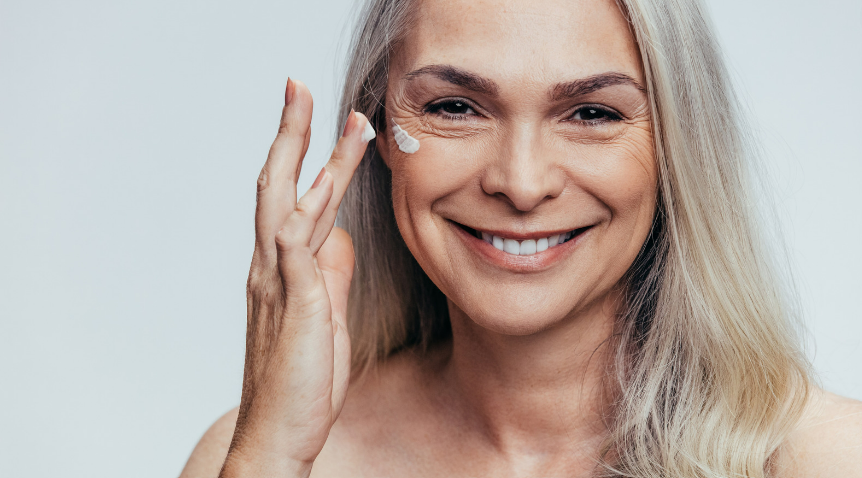
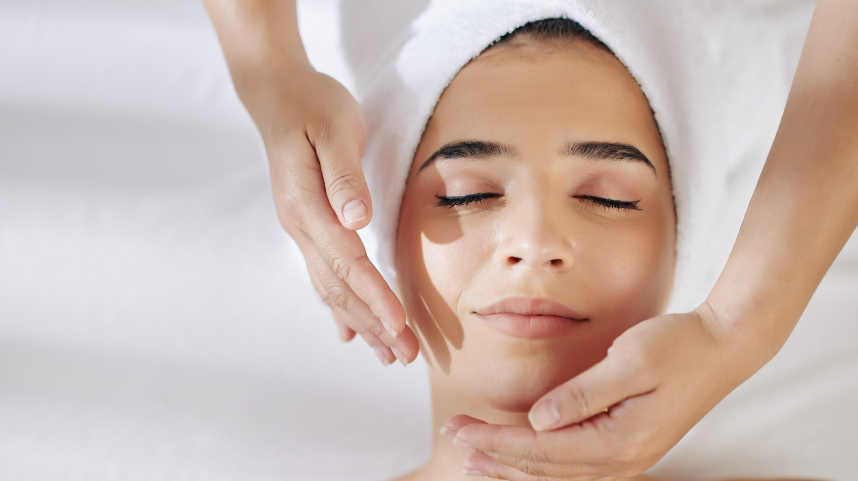





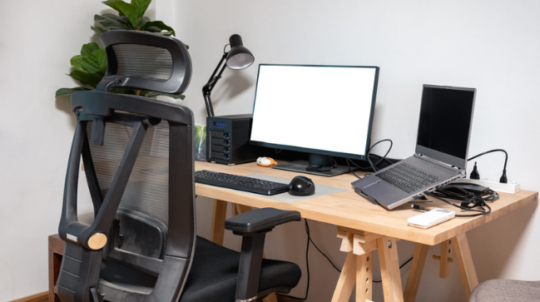




 In my health journey, I am focusing on two primary areas – physical activity and nutrition.
In my health journey, I am focusing on two primary areas – physical activity and nutrition.


